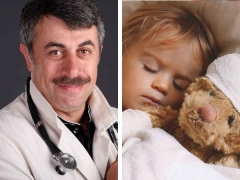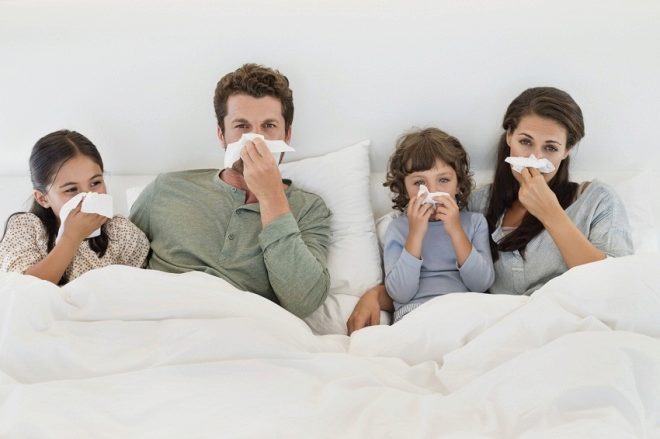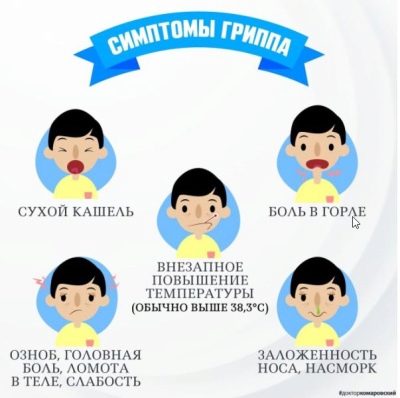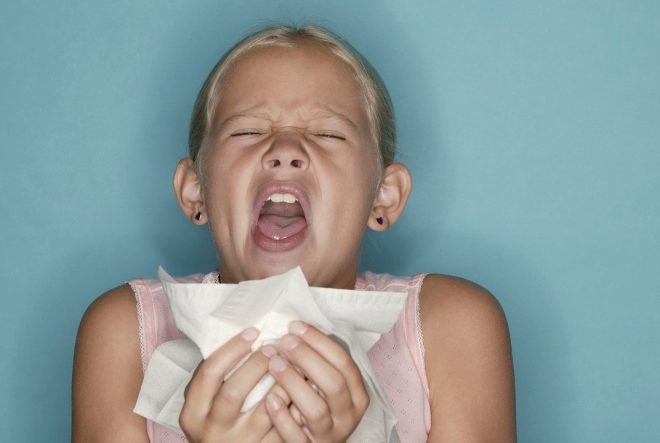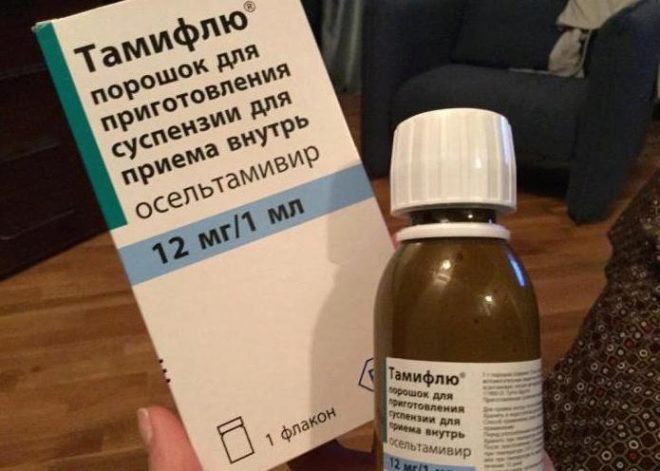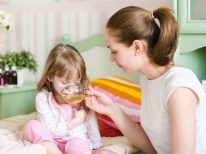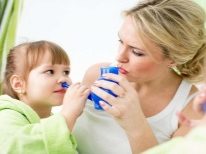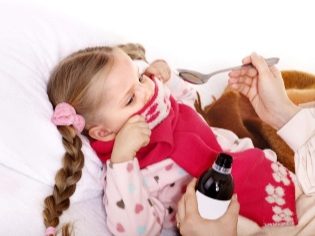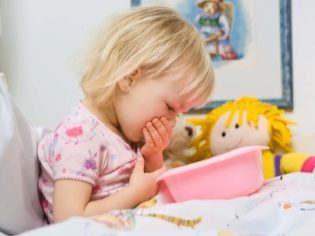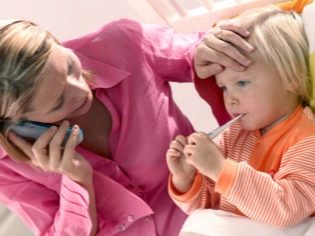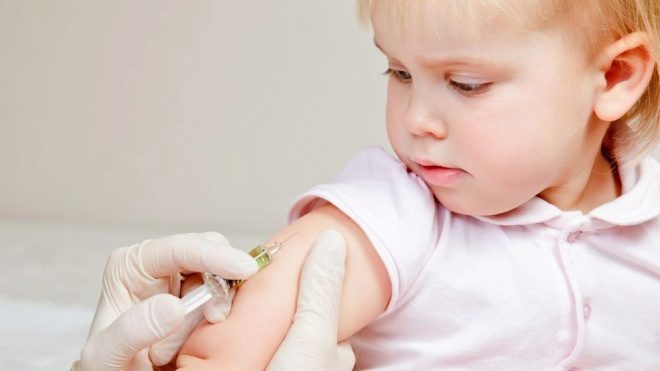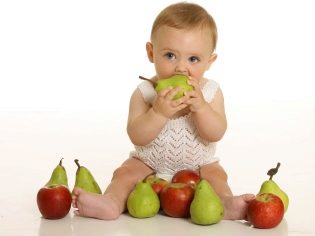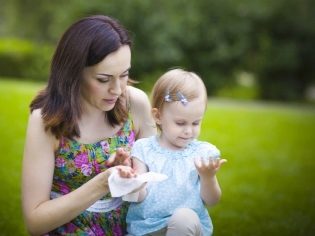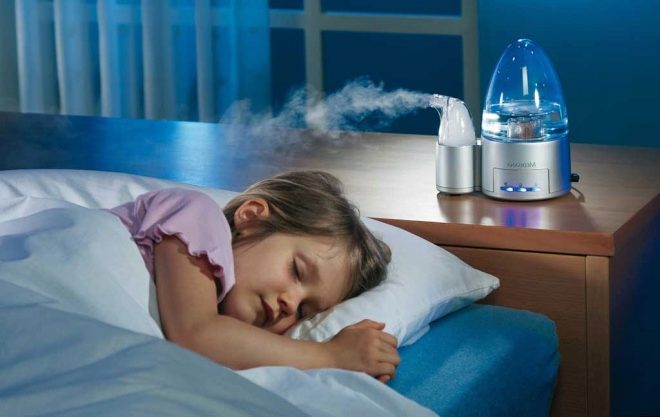Dr. Komarovsky about flu
One of the most daunting diagnoses for parents is the flu. What preventive measures just do not go moms and dads, so that the beloved child does not accidentally get this infection! Evgeny Komarovsky, authoritative children's doctor and author of books about the health of babies, tells about what the flu is, how dangerous it is, how to treat and engage in prevention.
About the disease
Influenza is an acute viral infectious disease. Talking about one pathogen does not make sense, because today science knows more than 2 thousand types of influenza virus. Influenza is among ARVI (acute respiratory viral infections), but each ARVI and Colds wrong to call the flu, because there are other causative agents of ailments - rotavirus (popularly referred to as "intestinal flu"), adenovirus, etc.
The first virus was isolated at the beginning of the 20th century. The virus constantly mutates, and from time to time new strains cause pandemics and epidemics. All people are subject to the virus, regardless of age, gender, state of health, race.
The incubation period usually lasts from 1 to 3 days. The most common flu symptoms are:
- A sharp increase in body temperature (up to 38.0-40.0).
- Severe intoxication (chills, headache, muscle and joint pain, feeling of "aches").
- Dry cough with a "dry" nose (no wet nasal discharge).
It’s impossible to figure out which virus caused the disease. All flu symptoms are not specific, and therefore it is possible to establish for sure whether it is the flu or some other infection, only after laboratory tests (smears from the throat for the presence of an agent, serological test for the determination of antibodies to influenza, etc.).
Quite often, children are affected not by the flu itself, but by the so-called parainfluenza — a lightened “version” of the virus. With such an infection high heat does not happen, the temperature is kept at 37.5-38.0 degrees, and the disease begins with the defeat of the larynx and other upper respiratory organs.
Dr. Komarovsky about the disease
By and large, it doesn't matter at all what kind of virus “attacked” this year, Komarovsky says. It can pork, avian, Hong Kong, Asian and any other strain. The order of prevention and treatment of the type of virus does not change.
What matters is that the foreign agent spreads through airborne droplets, it is extremely contagious, and that it affects the respiratory system and can cause complications.
At the very first stage, the influenza virus enters the nasopharynx, and from there it spreads further. Sometimes (rarely) the virus enters the body through the mucous membrane of the eyes, then the disease begins with conjunctivitis.
Treatment according to Komarovsky
In no case should flu be treated with antibiotics. They are powerless against the virus, but they have a certain negative effect on the child’s body, thereby increasing the risk of complications.
As for antiviral drugs, their effectiveness is not proven, and therefore the purchase of these funds will be a waste of money.
The only thing, according to Evgeny Komarovsky, is a really effective cure for the flu - “Tamiflu». It destroys the virus at the cellular level. However, to run to the pharmacy for this drug with every suspicion of influenza in a child is not worth it.This is an expensive drug, and its use must have very specific medical indications. It may be needed in case of a severe course of infection by elderly people, people suffering from diabetes, young children, and newborns.
If the doctor sees a threat to the life of the patient at risk, he will most likely prescribe "Tamiflu”, But the patient in this case also requires hospitalization, and therefore the treatment will take place in a hospital under the supervision of doctors.
All other cases of flu should not be treated with pills, syrups, compresses and rinses, but by creating the best conditions for recovery. This should be addressed to parents in the first place.
Parental Algorithm
- Put the baby to bed.
- Create in the room humid and cool air, If necessary, dress the child a little warmer than usual, but it must breathe cool air.
- Clean the floor and air the room frequently..
- Do not force the baby to eat. From the fact that he will starve for several days, nothing terrible will happen. On an empty stomach, as a rule, recovery is much faster. If the child himself asks for food, give light food that is quickly absorbed (soup, mashed potatoes, mash porridge).
- To prevent dehydration, you need a lot and often water the baby. For this perfect fruit drinks and fruit compotes of dried fruit and fresh fruit, tea, especially green, plain non-carbonated drinking and mineral water.
- One condition - all drinking should be at room temperature.then it will be absorbed faster in the small intestine and stomach, and dehydration will not occur. It is very helpful to dilute oral rehydration solutions (for example, "Regidron»).
- In the nose often should bury and splash saline.
What not to do
- It is not only not helpful, but harmful, to soak the baby's feet in a basin, put dry mustard in socks, smear badger fat on the chest and back. Such actions can disrupt thermoregulation, which is already disturbed at high temperatures.
- Rubbing with vodka, alcohol or alcohol-containing compounds is dangerous. Do inhalation over a basin of boiling water - meaningless and harmful.
- To reduce the temperature without the urgent need for that should not be. The high fever helps the child’s immune system more effectively fight the virus, activates the production of interferon.
- Taking febrifuges makes sense only when a very young child is sick (up to 3 years), and in case of severe flu, the temperature stably stays above 38.5 for the first 24 hours. From medicines, you can only use "Paracetamol" or "Ibuprofen."
- It is not necessary to give the child antitussive drugs. Mucolytic and otkkarkivayuschie drugs should not be given with additional symptoms from the upper respiratory tract (if the virus affects the larynx, nose, throat). This will only increase the cough. If the lower parts of the respiratory organs (bronchi or lungs) are affected, no self-medication or self-medication is appropriate. The doctor must decide on the treatment!
- Do not give antiallergic drugs. Even if the child is allergic, even if the mother thinks that his dry non-productive cough may be caused by allergies, antihistamines are ineffective in the treatment of influenza.
- Homeopathic medicines for flu are harmless. If you want to give them - please. But it’s better not to benefit from them. The effectiveness of the funds is not revealed.
When to call an ambulance
Seek advice from a doctor if you suspect that you have the flu. At the same time, it is necessary not to drag the sick child to the clinic for an appointment, but to call the doctor to the house, so as not to spread in the queue the already rampant virus. However, there are conditions in which you should immediately call the "emergency room":
- Baby lost consciousness.
- The child had cramps.
- The child develops respiratory failure (shortness of breath, severe difficulty breathing hoarse).
- The child complains of severe pain in any part of the body.
- The child has a sore throat with complete absence of rhinitis. This may be a sign of developing angina.
- The child has vomiting of any intensity, especially against the background of a severe headache.
- The baby develop edema, especially in the neck.
- If the temperature is above 39.0, it is not possible to lower the antipyretic drugs.
- The child has a pronounced pallor of the skin.
Prevention
The most effective flu prevention today, says Dr. Komarovsky, is vaccination. Flu shots are done in kindergartens, and in schools - do not refuse such an opportunity.
Vaccines that are used to administer to children protect against the maximum number of influenza strains, their composition is “refined” almost every year, taking into account observations of virus mutations.
If a child does not go to the kindergarten, it is better to vaccinate at his own expense in a paid clinic or at home, since sitting in a line at a state clinic with several dozens of other snotty and coughing babies is not the best contribution to flu prevention.
There are no "magic" flu pills. Therefore, it is not worthwhile to engage in prophylaxis, feeding a child with various pharmaceutical preparations that are advertised as a means of preventing flu.
"Grippferon", "Anaferon»And other drugs, both medical and homeopathic, do not have proven clinical effectiveness against the influenza virus, and therefore do not give any protection to the child.
Numerous folk remedies (onions, garlic, lemon, etc.) also have no effect on the virus, and the probability of infection is not affected in any way. Therefore, Komarovsky strongly advises parents not to storm the pharmacies, but to save money and spend it on fresh fruit, which will bring more benefits to the child.
In the period of mass morbidity, you should not be with a child in crowded places, especially indoors (circus, theater, gym).
The only source of infection is another person, and therefore contacts should be kept to a minimum. It’s better to walk with a child than to take a bus, in large shopping centers and supermarkets, at the peak of morbidity, a child has nothing to do.
Do not sew and boil gauze bandages on the face, as well as buying them in industrial quantities in pharmacies. If only because the mask is needed by the patient, and not by the healthy. It has an indirect relation to prevention, only slightly limiting the ingress of the virus from the patient into the environment. A healthy child has no need to wear a mask.
In the period of massive morbidity, teach your child to carry wet sanitary napkins in a small, compact package. The virus gets into the hands, and from there it very quickly finds its way into the body through the nasopharynx.
Good prevention - frequent washing of hands with soap, if there is no possibility of washing - should be wiped with wet wipes, and the more often the better.
Ventilate the room often. And demand the same from the teachers in the kindergarten, from the teachers in the school.
In the "stagnant" air, the stuffiness of the virus accumulates exponentially and feels very good. However, it quickly collapses in cool, humid and moving air.. For the purposes of prophylaxis, walks in the fresh air are very useful.
Remember that it is almost impossible to catch the flu on the street, but in a store or bus it is very simple.
Create at home such conditions so that the risk of getting sick from a child is minimal. PIt is understood that the air temperature in the room should not exceed 18-20 degrees, the humidity of the air - 50-70%.
Additional moisture in the period of general incidence of influenza does not hurt - often wash the floors, buy humidifier. Do not turn on additional heaters, and it is also advisable to put special valves on the heating system in the apartment, which will allow you to control the intensity of the heat supply in order to avoid air drying.
Monitor the condition of the mucous membranes of the child. If a baby breathes with dry air, if it has a “crust” in the nose, it is sore in the throat, all this means that it is most vulnerable to the flu virus, which can easily penetrate the dried nasopharynx into the body and begin to replicate there.
The mucous membranes should be diluted by regularly irrigating with saline. To do this, it is not necessary to buy expensive products based on sea water, you can prepare the solution yourself: a teaspoon of salt per liter of water - and the drops are ready.
What is the danger of this virus? What are the types of flu? Is it necessary to vaccinate children from it? All these questions will be answered by Dr. Komarovsky in the video below.
